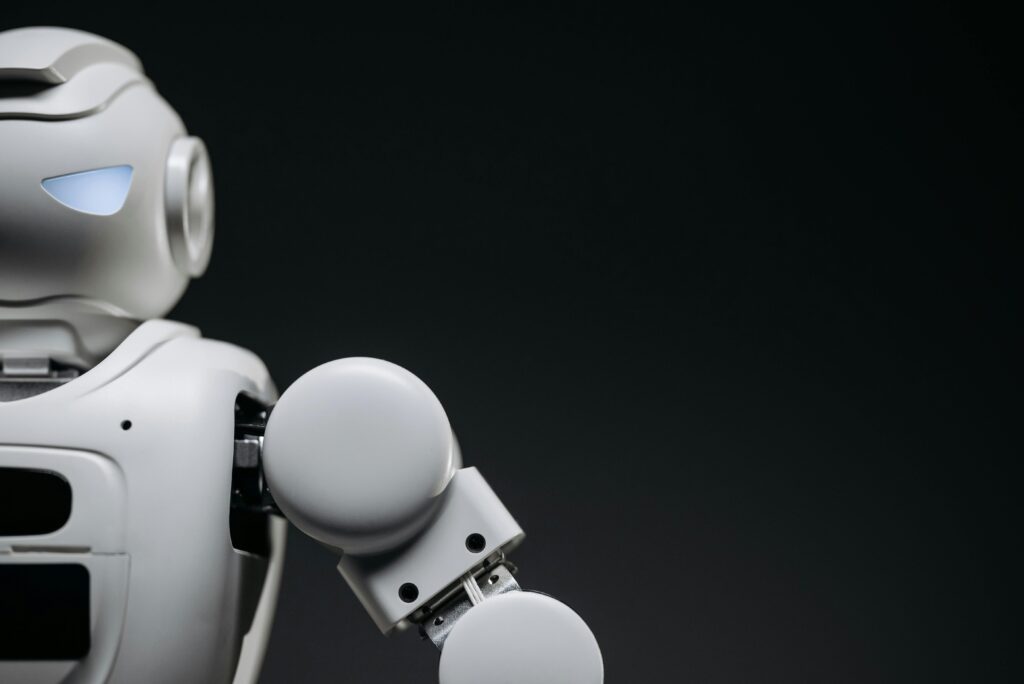In the rapidly evolving landscape of design, artificial intelligence (AI) has emerged as a transformative force, reshaping the way designers create and innovate. From automating tedious tasks to generating complex visuals with just a few clicks, AI design tools are empowering designers to push the boundaries of creativity and efficiency. In this blog post, we’ll explore some of the most influential AI design tools available today, including Adobe, Canva, MidJourney, and a few others that might surprise you.

Adobe: The Industry Standard, now with AI Integration
Adobe has long been a cornerstone of the design world, and with the integration of AI, it has only enhanced its robust suite of tools. Adobe Sensei, the AI and machine learning platform, powers many of Adobe’s applications, offering features such as:
- Auto Reframe in Premiere Pro: Automatically adjusts the aspect ratio of videos to fit different social media formats.
- Content-Aware Fill in Photoshop: Removes unwanted objects from images and seamlessly fills in the background.
- Character Animator: Uses AI to animate characters in real-time by tracking facial movements.
- Adobe Fresco: Provides AI-driven brushes that mimic real-life media, such as watercolors and oils, offering an intuitive and realistic painting experience.
Canva: Simplifying Design for Everyone
Canva has revolutionized the design space by making it accessible to everyone, regardless of their design background. With AI-driven features, Canva allows users to create professional-quality designs effortlessly. Key AI features include:
- Magic Resize: Automatically resizes designs to fit various social media platforms and print formats.
- Background Remover: Uses AI to remove backgrounds from images with a single click.
- Design Suggestions: Provides intelligent layout suggestions to enhance design aesthetics.
- Text Animations: Adds dynamic text animations to presentations and social media graphics.
MidJourney: AI-Powered Visual Storytelling
MidJourney is an emerging AI tool that focuses on generating stunning visual narratives. It leverages advanced machine learning algorithms to create unique, high-quality visuals. Some notable features are:
- AI-Generated Art: Produces artwork based on user inputs, ranging from abstract designs to photorealistic images.
- Style Transfer: Applies the style of one image to another, enabling the creation of unique visual effects.
- Dynamic Textures: Generates complex textures and patterns that can be used in various design projects.
- Real-Time Collaboration: Allows multiple users to collaborate on a single design in real-time, facilitating teamwork and creative synergy.
Other Noteworthy AI Design Tools
Beyond the well-known giants, several other AI design tools are making waves in the industry:
Figma: Collaborative Design with AI Enhancements
Figma has become a favorite among UI/UX designers for its real-time collaboration capabilities. With AI features, Figma enhances the design process by:
- Automated Layout Adjustments: Uses AI to suggest layout changes and optimize design elements.
- Design Systems: Maintains consistency across projects with AI-driven component libraries.
- Plugin Ecosystem: Offers AI-powered plugins for various tasks, such as image enhancement and color palette generation.
Runway ML: Bridging Creativity and Machine Learning
Runway ML is an innovative platform that brings the power of machine learning to creative workflows. It provides tools for artists, designers, and developers to experiment with AI, including:
- Video Editing: Uses AI to automate video editing tasks, such as color grading and scene detection.
- Interactive Models: Allows users to experiment with pre-trained AI models for tasks like image synthesis and style transfer.
- Generative Design: Creates design variations based on user-defined parameters, facilitating rapid prototyping and experimentation.
Conclusion: The Future of Design is Here
The integration of AI into design tools has opened up new realms of possibility, allowing designers to work more efficiently and creatively. From Adobe’s industry-leading suite to Canva’s user-friendly platform, and the innovative capabilities of MidJourney, Figma, and Runway ML, AI design tools are shaping the future of design. Embracing these technologies not only enhances productivity but also unlocks new creative potentials, enabling designers to bring their visions to life like never before.
As AI continues to evolve, we can expect even more groundbreaking features and tools to emerge, further transforming the design landscape. Whether you’re a seasoned professional or a novice designer, now is the perfect time to explore these AI-powered tools and take your designs to the next level.


